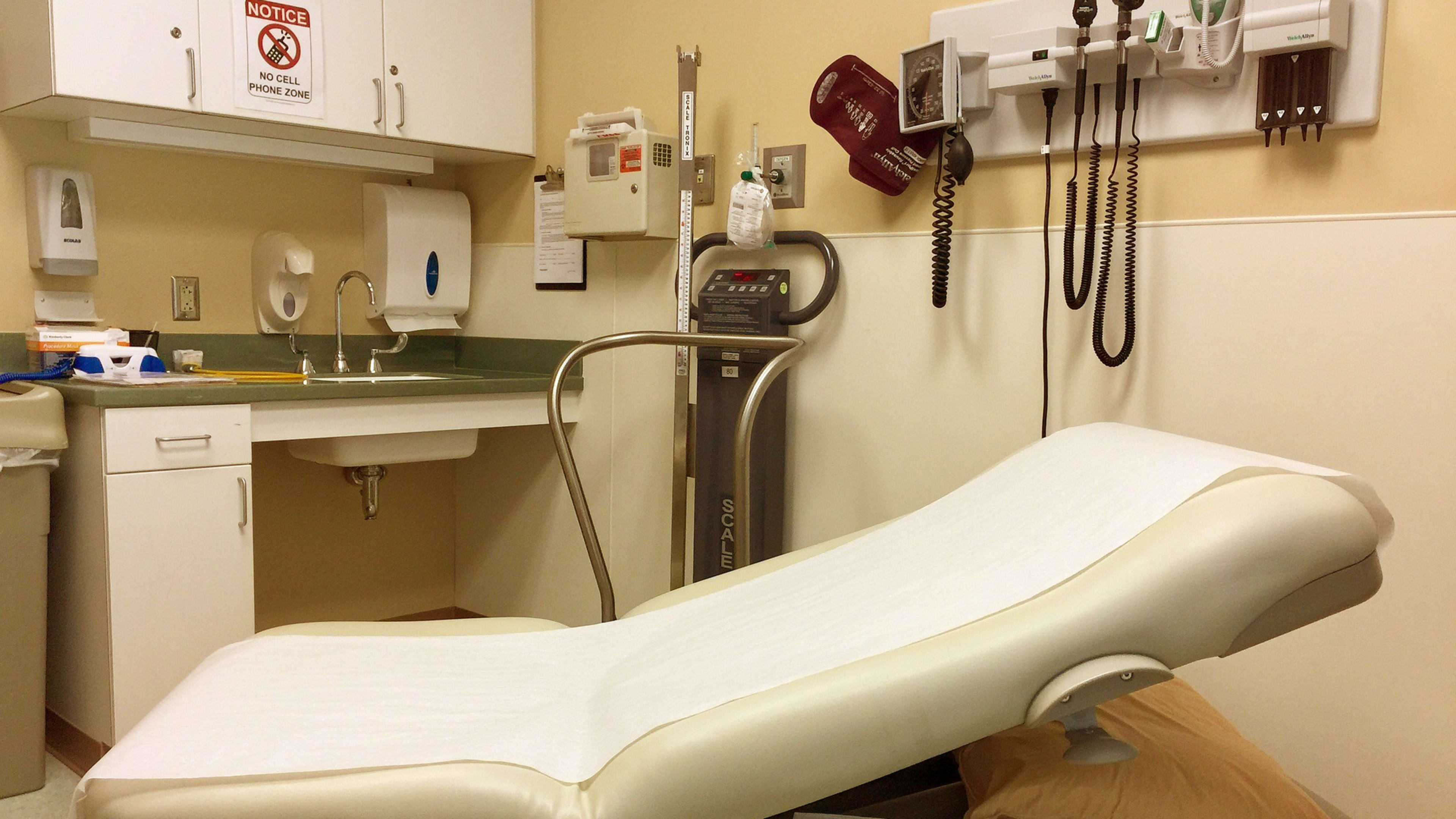What if we could detect the initial stages of breast cancer with something as simple as a breath test? Researchers from Ben-Gurion University of the Negev in Israel and Soroka Medical Center in Tel Aviv announced they developed the methods possible for such swift, inexpensive, and noninvasive screenings.
In a study published in Computers in Biology and Medicine, the team said they were able to use electronic nose gas sensors to identify unique breath patterns in women with breast cancer with a 95% average accuracy rate, reports ScienceDaily. They also used gas-chromatography mass spectrometry (GC-MS) to test urine samples with 85% average accuracy.
Breast-cancer death rates are higher than those for any other cancer, besides lunger cancer, for U.S. women. It’s estimated that approximately 30% of newly diagnosed cancers in women will be breast cancer, according to breastcancer.org.
Mammography screenings, which are 75%-85% accurate, are not always able to detect small tumors in dense breast tissue. Current diagnostic imaging detection for smaller tumors has significant drawbacks, including radiation exposure and expensive MRI tests. Biopsies and serum biomarker identification processes, meanwhile, are invasive and require significant expertise.
“Breast cancer survival is strongly tied to the sensitivity of tumor detection; accurate methods for detecting smaller, earlier tumors remains a priority,” said Prof. Yehuda Zeiri, a member of Ben-Gurion University’s Department of Biomedical Engineering, in a statement. “We’ve now shown that inexpensive, commercial electronic noses are sufficient for classifying cancer patients at early stages.”
Zeiri said the team hopes to expand their research and that, “with further study, it may also be possible to analyze exhaled breath and urine samples to identify other cancer types, as well.”
Recognize your brand’s excellence by applying to this year’s Brands That Matter Awards before the early-rate deadline, May 3.
